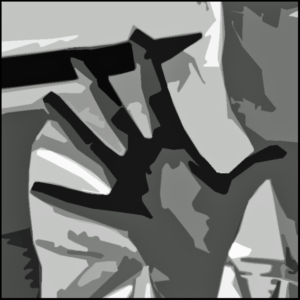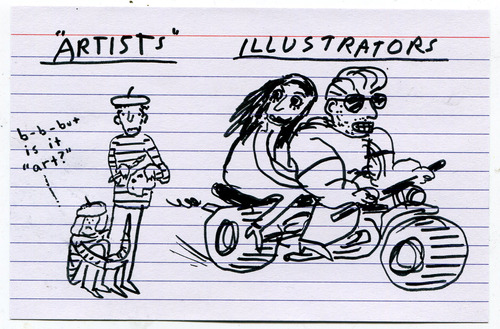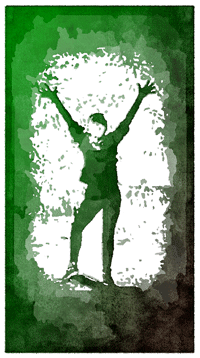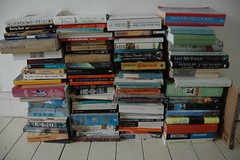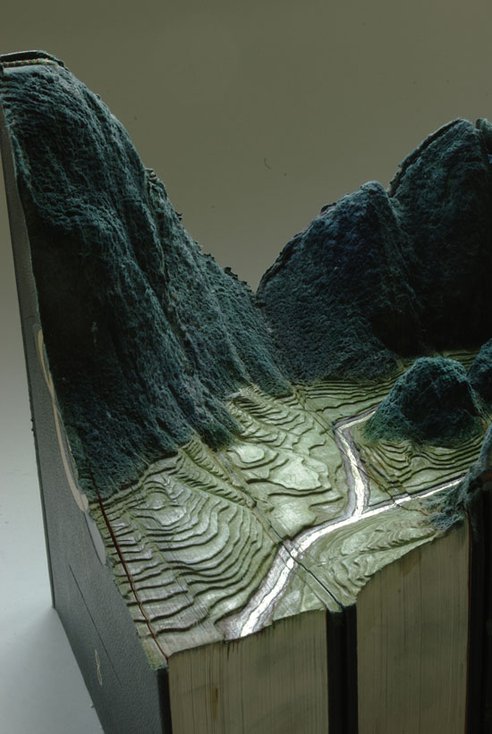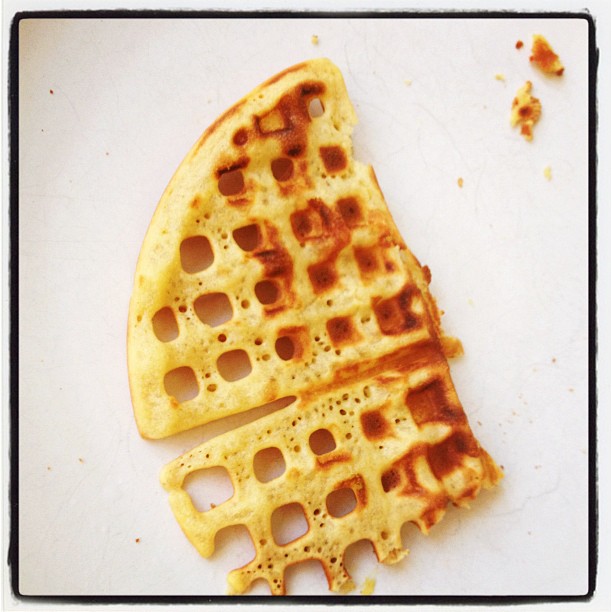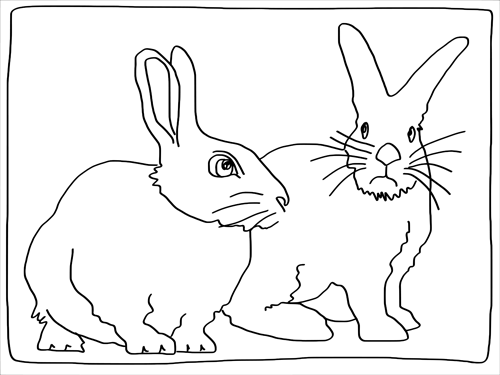
Rabbit, Rabbit: from doodle to superstition
Rabbit, rabbit. I hope that March brings you plenty of good fortune.
Rabbit, rabbit? What?!?!
Growing up learned to say “Rabbit, rabbit,” first thing on the first day of each month for good luck. Before, “Good morning.” Or, “I’ll be right there…” If we could remember to say “Rabbit, rabbit” before we uttered anything else we could expect plenty of luck for a month.
It was easy to forget. It still is. But I still try to say it. And this morning, for the first time in quite a while, I remembered.
Odd Habits & Good Luck
I’ve acknowledge elsewhere that I grew up with an unusual menagerie of habits and superstitions.
We celebrated all sorts of holidays that my friends did not. Christmas, yes. But also Epiphany (Three Kings Day) and another near-to-Christmas night when we placed our shoes at the top of the stairs and St. Nick (I think) came and filled them with treats. Pistachios. Chocolates. Silver dollars.
Year round, while going to bed, we observed a few of the normal soporific mutterings like, “Night, night. Don’t let the bedbugs bite.” But we also had another odd pre-sleep utterance: “If wishes were horses, then beggars would ride.” Why? No clue. But we said it. Sometimes I still do. Pity my perplexed but accepting bride.
There were other oddities too, in some cases a bit more embarrassing, like the fact that I grew up referring to a woman’s breasts as “boogens”. Why? No clue. Middle school locker room braggadocio quickly exposed my peculiarity.
I long assumed that our top o’the month “Rabbit, rabbit” was a similar entre nous oddity. Wrong. It turns out “Rabbit, rabbit” isn’t just a curious family tradition. It’s a curious [likely] British tradition that seems to have colonized most of the English speaking world like tennis, gin and preposterously poor second language skills.
Rabbit, Rabbit, Rabbits…
NPR’s Rachel Martin interviewed Martha Barnette (host of A Way with Words) on December 01, 2013:
MARTIN: This is the hard thing, right? Like, you’re supposed to wake up first thing and the first thing out of your mouth on the first day of the month has to be rabbit, rabbit. And then you’re lucky for the rest of the month?
BARNETTE: Exactly, yes. That ensures luck. And we don’t know why, you know, rabbits have been associated with luck of one sort or another – usually good luck – for more than 2,000 years. But it’s only in the early 1900s that we see written references to this superstition. (NPR)
According to the collective wisdom of Wikipedia, the origins of the “Rabbit, rabbit” tradition are British and showed up early in the 20th century. Not much additional clarity is offered but a few interesting references are dished up for you curiosity.
Mad as a March Hare?

The White Rabbit (Wikipedia)
Update: A couple of quick quips from readers raise the inevitable question, “Have I gone as mad as a March hare?” From rabbits to boogens to an unfair dig at English linguistic limitations, I seem to have plunged into March with the reckless abandon of Lewis Carroll’s second most memorable character in Alice’s Adventures in Wonderland.
“Take some more tea,” the March Hare said to Alice, very earnestly.
“I’ve had nothing yet,” Alice replied in an offended tone, “so I can’t take more.”
“You mean you can’t take less,” said the Hatter: “it’s very easy to take more than nothing.”
“Nobody asked your opinion,” said Alice. ~ Alice’s Adventures in Wonderland
Nobody asked mine either, I suppose. And I am swerving erratically, brainlessly.
Thanne þey begyn to swere and to stare, And be as braynles as a Marshe hare
(Then they begin to swerve and to stare, And be as brainless as a March hare)
~ Blowbol’s Test, c. 1500
Rabbit, rabbit! Take some more tea?
- Rabbit Rabbit Rabbit (thedantediaries.wordpress.com)
- Rabbit Rabbit Rabbit (thedantediaries.wordpress.com)
- Rabbit Rabbit Rabbit (thedantediaries.wordpress.com)
- Rabbit, Rabbit….. (onthehomefrontandbeyond.wordpress.com)
- Rabbit, rabbit, rabbit… (permareperterras.wordpress.com)
- Rabbits, luck and stats (andrewgarratt.com)
- Rabbit Rabbit Rabbit (thedantediaries.wordpress.com)
- Rabbit, Rabbit! Hare, Hare! (cherryblossomvolunteers.wordpress.com)
Like this:
Like Loading...
